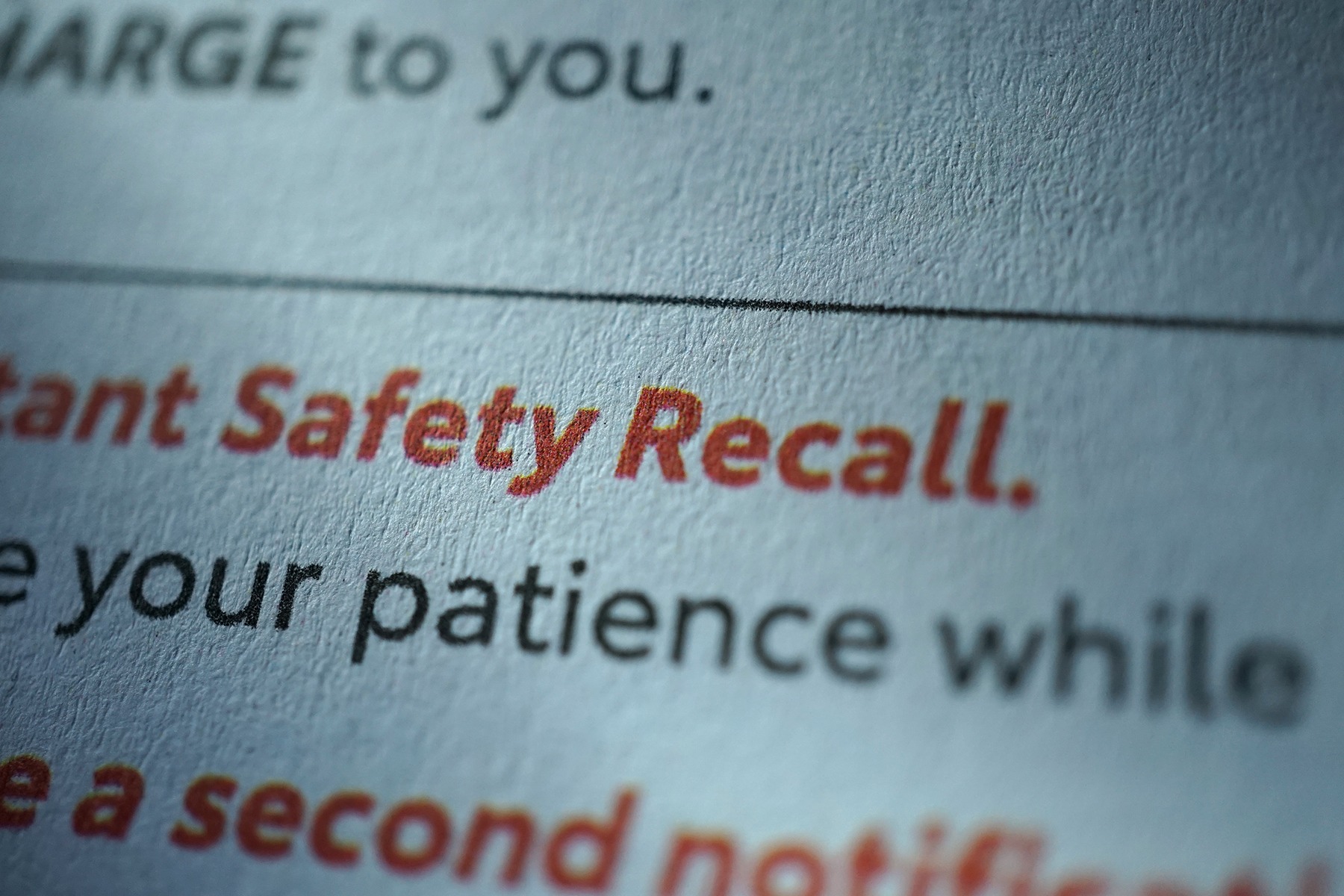Supplier Quality Management Software
Adapting to COVID-19 means adopting a supply chain flexibility model that only a few companies have achieved thus far. Once you have done so, however, you won’t have simply adapted to disruption—you’ll find yourself in a better place where the “new normal” isn’t a compromise but an improvement over the old status quo. Your QMS will be an integral part of your supply chain flexibility efforts—rapidly onboarding new suppliers, using artificial intelligence (AI) and machine learning (ML) to anticipate material needs and determining your next best actions.
What’s Wrong with the Supply Chain You Have Now?
Research from Accenture (conducted pre-pandemic) shows that only 10 percent of companies have built flexible supply chains. In other words, the vast majority of companies will be forced to delay shipments to their customers or increase time to market in the event of a supply chain shock. This has been borne out in the form of massive and ongoing shortages across every industry, including:
- Appliances such as refrigerators, washing machines, and dishwashers
- Lumber shortages due to a massive increase in DIY projects
- A strain in the supply of laptops due to people working and learning from home
The effect of these delays can’t be understated. Let’s say that you were supposed to be introducing a new product back in March. Due to the pandemic, however, you experienced a six-month delay. Using traditional calculations, your product will generate 33% less profit over a five year period, even if it arrives to market on budget. Meanwhile, if you can’t deliver products within two days of a promised delivery date, then almost 70% of customers will consider shopping elsewhere next time.
In the absence of flexible supplier quality, customer loyalty gets blown away. Lifelong consumers of GE fridges or HP laptops aren’t going to wait for those products to come back in stock if they need them right now—instead, they’ll happily grab whatever’s on the shelf.
Here’s the converse—in this situation, companies that have improved supplier quality will massively outcompete those that don’t. Per the Accenture study, they generate 13% more revenue than others. In times of crisis, these companies will be able to meet their commitments to customers and partners. In ordinary times, they’ll be able to exceed those commitments, generating a surplus of goodwill that cements customer loyalty.
Lastly, companies should consider that the opposite is also true—as much as the pandemic has dramatically increased demand for certain items, it has caused demand to plummet in other areas. The cost of keeping unsold inventory on hand can be severely detrimental—almost as bad as the inability to keep up with demand. Once again, companies with more flexible supply chains will be able to spin down production before they’re stuck with the cost of producing inventory that they cannot move.
What are the Elements of an Improved Supply Chain?
At a fundamental level, having an improved supply chain means that if one of your suppliers drops out, you can replace them without falling behind on fulfillment, without going over budget, and without gouging your customers with an increased price. What’s more, it means that you’re able to optimize supplier quality in terms of price, shipping, and processing speed, all while maintaining your own margins.
In terms of creating a resilient supply chain, the first thing you need to think about is visibility—or causality, to be more precise. For example, let’s say that one of your suppliers produces W1 steel. Suddenly, your supplier must furlough its workers due to an outbreak. How many components within your product will be affected by the sudden absence of W1?
You’d think that most companies would be able to point to their supply chain and understand the correlations—which absences produce which potential effects—but less than 23% of companies have this capacity. Many organizations find that the roots of their supply chains are obscured by brokers, contract manufacturers and other third parties, which just makes it more of a surprise when supply chains are disrupted.
Your second step is to identify risks. For example, if the price of materials rises, if your supplier shuts down, if your third-party logistics provider (3PL) goes on strike, how will that affect your ability to create and deliver products?
This is probably the part where human intuition alone will start to fail. Nobody, not even an AI system, could have predicted the rise of a disaster like COVID-19, but there are subtler risks that human intuition is also bad at anticipating. Weather events can disrupt deliveries and factory capabilities (just look at the number of hurricanes hitting the Gulf coast in 2020). If the price of raw materials increases by a small amount, the repercussions could destroy your profit margin, for instance. You alone probably wouldn’t be able to understand the subtle market shifts that could foreshadow this (you’re not a commodities trader, after all) but AI and machine learning systems can make predictions, alert to potential bad outcomes, and recommend a next best or mitigating action.
AI and ML can do this (when human intuition can’t) because production has many more variables now than it did just a few years ago. If your suppliers and production facilities are located several countries apart, then all of them will be subject to different local and global market fluctuations. There are too many data points for a human analyst to easily track.
By aggregating data from across the global supply chain, however, your company can create a model for materials pricing and availability that incorporates your current production and storage costs and extrapolates them to create a holistic view of supply and demand. If demand increases and supply declines sharply, your AI solution should be able to help you anticipate the problem, generate a list of alternate suppliers, and then onboard them into your production workflow with a series of clicks.
Flexible Supply Chains Need Rigorous Supplier Quality
No matter how you readjust your supply chain, you need to ensure that you’re receiving compliant materials. At ETQ, we give manufacturers the ability to make their supply chain transparent. You’ll be able to proactively monitor and manage your suppliers, ensuring that you’re continuing to receive top-quality materials and sub assemblies at a fair price while preserving your customer relationships—even in the wake of major shifts in the marketplace. Talk to a QMS expert today and learn how our Reliance QMS is part of a COVID-proof manufacturing organization. All decision making involves some level of uncertainty. But basing your decisions on analysis and evaluation of data is the best way to minimize risk. Evidence-based decision making will help you maximize operational efficiency, assess process performance effectively and gain a deeper understanding of potential unintended consequences.


